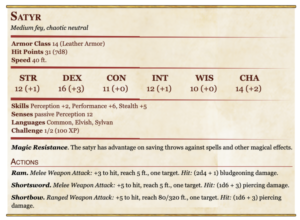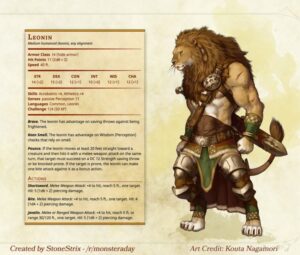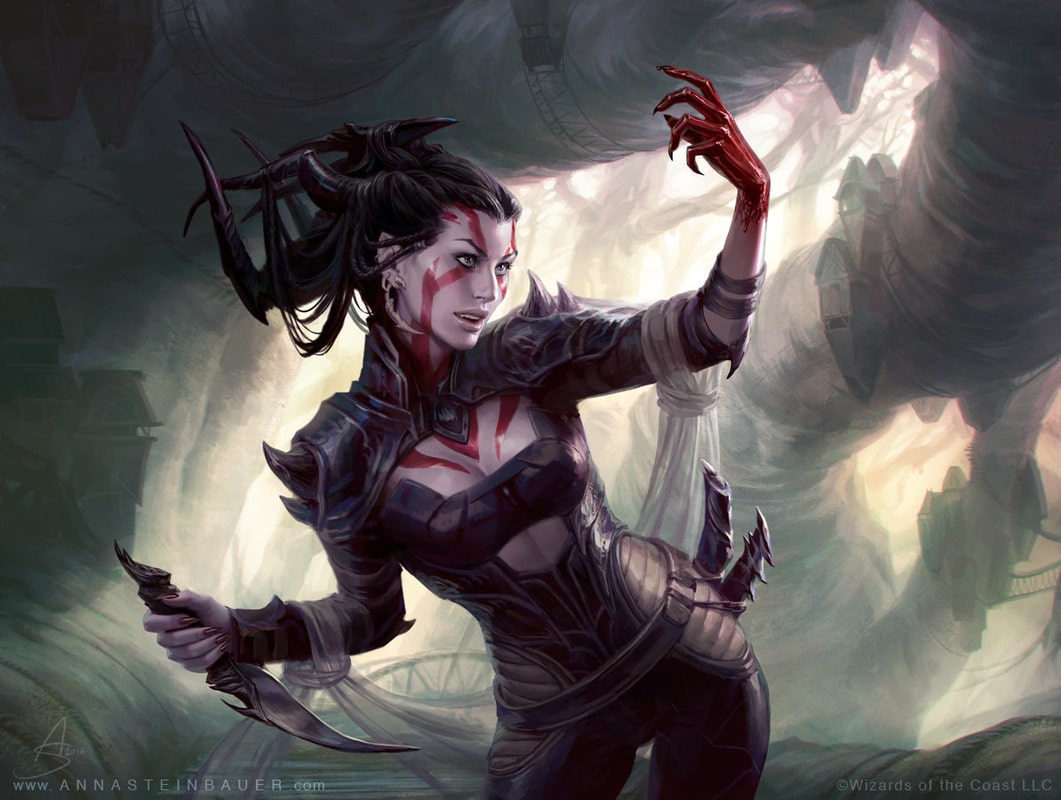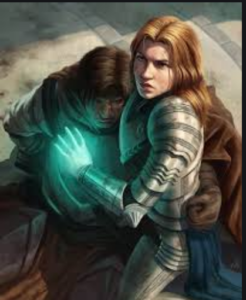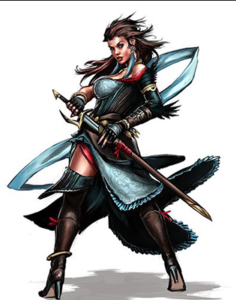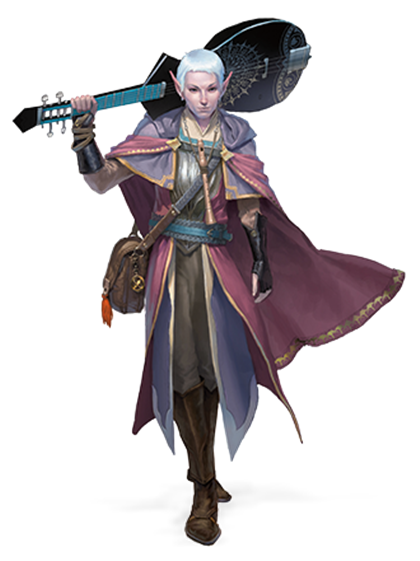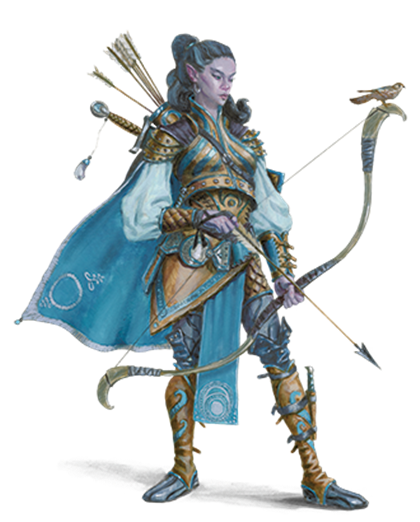Harengon 5e is an innovative new roleplaying game that has been gaining popularity in fantasy and gaming. It allows players to explore a world of thrilling adventures and create their own characters and storylines. With its combination of story-driven mechanics, RPG elements, and a unique dice system, Harengon 5e is becoming one of the most popular fantasy roleplaying games today. Harengon are bipedal rabbit folk, with the sturdy legs and sharp senses of their carrot-loving cousins, and a boundless power about them. Originally from the Feywild, their spirits yearned for freedom and travel, leading them to bounce into different worlds in pursuit of journeys and new experiences.
What is the Harengon 5e Guide? It is a comprehensive guide to the fifth edition of Dungeons & Dragons, or D&D. This guide was developed by experienced Dungeon Masters and covers everything from character creation to creature stats. It provides an in-depth look at all aspects of the game, including monsters, spells, classes, and more.
Harengon 5e Race in DnD Races
Harengons are a playful and nimble rabbit-folk race recently introduced in the 5th edition of Dungeons & Dragons. They hail from the whimsical Feywild, bringing a touch of fey magic and boundless curiosity to the Material Plane.
The Harengon 5e Guide is designed to be used as a reference during gameplay. Players can find information on how various elements work together to create a successful campaign and adventure. The guide also offers tips on running a smooth game session and creating memorable characters and stories for your players to enjoy. Detailed information about each aspect of the game makes it easier for players new to D&D or even veterans looking for new ideas to explore their options with ease.
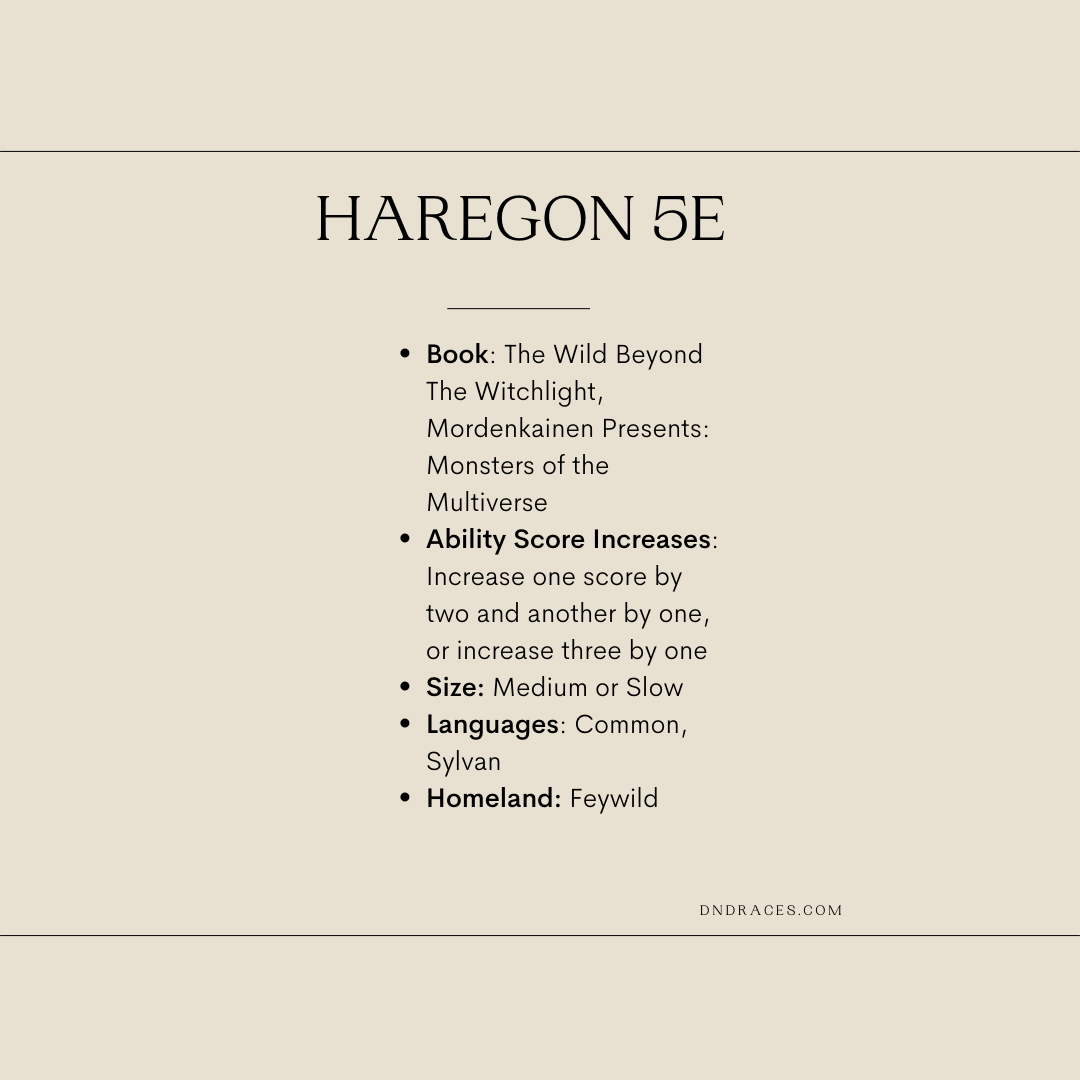
Black; Black is a trait many races share, but it doesn’t impact the effectiveness of your character build. The game’s developers created a fair and balanced system, so you can make a compelling character no matter which race you choose.
Red; Red is a popular color choice in Dungeons and Dragons, but it isn’t going to contribute to your character build’s effectiveness. The Harengon 5e Guide provides players with an overview of how each color can impact their character’s stats and abilities and tips for choosing the right colors for a successful build.
Orange; The orange model features a slightly different design than its other colored counterparts; it has an extra layer of plastic that helps it stand out from the rest. Additionally, its color is more vibrant and eye-catching, making it perfect for those who want to be noticed when playing their favorite games. However, while these factors make it excellent in certain situations, better options are available if you are looking for something more reliable and durable.
Green; Green is an excellent choice for any Dungeons and Dragons player looking to spice up their campaign. Hargenon 5e Guide provides players with the tools they need to make their game even more enjoyable. With its comprehensive and easy-to-follow guidelines, anyone can become an expert on this classic roleplaying game.
Blue; It also has a variety of undertones that can help bring your character’s personality to life. Whether you’re looking for a regal-looking navy or something more playful like baby blue, you’ll find just what you need with this option. Plus, there are plenty of creative ways to use blue as part of your costume design – making this an excellent choice for those wanting something extra special!
Whilst they at the beginning solely spoke Sylvan, as they landed in new locations they shortly discovered extra languages to adapt to the lands they would now name home. The ancient adage of a fortunate rabbit’s foot nonetheless holds as these furry folks are talented with a smidge of fey luck. With this potential, they regularly locate themselves a hair’s breadth away from chance on their travels.
The Harengon no longer has a set racial bonus for potential rating increases. Instead, when finding out your character’s capability scores, make one rating using two and amplify a special rating using 1, or amplify three one-of-a-kind ratings by way of 1.
Harengon is humanoid rabbit folk that originated in the Feywild. Over time, they have unfolded all through the different planes of existence thanks to their spirit of freedom and love of travel.
The qualities of the Harengon are robust and healthy thematically. They center their attention on a rabbit’s eager senses and leaping potential to create a persona that is mobile, quick, and in a position to keep away from danger. Unlike with most characters, you can select to be both small or medium and your strolling pace is 30 feet.
Hare-Trigger is an easy but fantastic trait. Each time you roll for initiative, you add your talent bonus to that roll. The extra novel alternative being introduced to D&D is known as the harengon, a race of humanoid rabbit folk native to the Feywild. Perkins said he likes to assume their advent as a completely satisfactory accident.
Harengon 5e Traits
Harengon 5e is a new and exciting game that has taken the gaming world by storm. Its unique fusion of fantasy and science fiction elements offers a truly one-of-a-kind experience for players. One of the main aspects that make Harengon so attractive is its character creation system, which allows players to customize their characters’ abilities using traits called Harengon 5e Traits.
Each trait in Oregon 5e provides a unique benefit to your character, ranging from increased damage output or critical hit chance to improved defenses or even additional magical powers. These traits are divided into three categories: Attribute Traits, Skill Traits, and Special Traits.
Rabbit Hop can get you out of a jam, especially at greater levels. Using your bonus action, you can leap a variety of toes equal to 5 instances of your talent bonus. When you soar in this way you no longer provoke assaults of opportunity. You can use this in a variety of instances equal to your skill ability bonus except your pace has been decreased to zero. While outstanding in combat, this has a range of uses, in particular as you level. That’s it for our Harengon 5E guide. This rabbit folk race would possibly be overshadowed using the Fairies in Wild Beyond the Witchlight, however, it is a stable addition that matches nicely with most classes.
Conclusion
Harengon 5e is a powerful and comprehensive role-playing system that has something for everyone. With its expansive rule set, and framework of classes, races, abilities, spells, and items it provides players with an incredible array of options to customize their character and game experience. For those looking to create a unique gaming experience in a world full of imagination and adventure, Harengon 5e is a perfect choice.
FAQ
1. What is a Harengon in D&D 5e?
A Harengon is a rabbit-like race introduced in Dungeons & Dragons 5th Edition. They are known for their swift agility, keen senses, and distinctive long ears.
2. Can Harengon speak Common?
Yes, Harengon is capable of speaking Common, as well as their racial language, which is often a series of rapid thumps and thuds.
3. What are the key traits of the Harengon race?
Harengon possesses traits such as Keen Hearing, Swift Movement, and a natural proficiency in Acrobatics. Their speed and agility make them excellent scouts and adventurers.
4. Do Harengon have any cultural quirks or traditions?
Harengon is known for its love of storytelling, particularly tales of daring escapes and clever strategies. They often hold storytelling competitions and revere individuals with quick thinking.
5. Are Harengon proficient with any specific weapons?
Harengon is not inherently proficient with any specific weapons. However, their agility and dexterity make them well-suited for weapons that rely on finesse.
6. Can Harengon see well in the dark?
No, Harengon do not have darkvision. However, their keen senses make them adept at navigating in low-light conditions.
7. What classes are well-suited for a Harengon character?
Classes that benefit from agility and dexterity, such as Rogues, Rangers, and Monks, are well-suited for Harengon characters. Their natural abilities align with these classes.
8. How does Harengon interact with other races in the D&D world?
Harengon are generally sociable and get along well with other races. They often use their charm and wit to build alliances, and their love of storytelling makes them welcome companions in a diverse party.
9. Can Harengon use their long ears for anything special?
While Harengon’s long ears do not grant any specific mechanical advantages, some creative Dungeon Masters might allow them to pick up faint sounds or vibrations in certain situations.
10. Are there any famous Harengon NPCs in D&D lore?
While there might not be widely recognized Harengon NPCs in official D&D lore, the beauty of D&D is the flexibility to create your unique characters. Consider crafting memorable Harengon NPCs for your campaign.
Q1.Does Crawford confirm that Harengon’s bounce no longer uses up motion?
Whenever we see Harengon it takes me a 2D to quell my pleasure for extra devils and consider it simply the rabbit folk race.
Q2.The Harengon rabbit folk may surely be bedeviling.
Which makes complete sense. It was once simply humorous to me to think about it from an in-world perspective. Even if the harengon have their language, it amuses me that in Infernal, their identity may suggest something like ‘rabbit devil.

Virat Rana is a Blogger from the city of Joy, Kolkata. He is the founder of this blog and covers a wide range of topics from Gadgets to Software to the Latest Offers. You can get in touch with him via [email protected]

